






of







of







of





















The Palace of Panahali Khan is one of the historical and architectural monuments of the eighteenth century. It is located near the Aghdam city of Azerbaijan and served as the summer palace of Panahali Khan. Currently, only the ruins of the Palace survived.
Palace of Panahali Khan consists of two structures. It is very likely more buildings initially entered the compound. It was built in the early years after Panahali Khan left the service for Nadir Shah in Khorasan in 1738 and started creating the Karabakh Khanate. The perpendicular buildings of the palace were not like a Khan’s luxurious headquarter but resemble houses of the eighteenth century’s Karabakh rich. Their façades used to face the yards.
Relatively large, the main building of the palace had a rather complicated configuration and consisted of different-size rooms. The veranda hall occupies the central position in this one-floor building. The nearly 50-square-meter hall with plenty of deep alcoves in its walls is covered with an octagonal dome. Lantern-like light-and-ventilation holes are installed in the dome top. The hall door leads to the three-beam deep veranda. The pointed beams of the veranda are put on solid-stone pillars. Two-room open-entry premises join the veranda hall. The rooms are covered with beams.
Longer than 16 meters, the front façade of this interesting house of the 18th century faced the South by the traditions of Azerbaijan’s house architecture. The second building of the Palace is rectangular and consists of 2 rooms. The front door and windows facing the yard (the eastern direction), those rooms are covered with beams, which is typical for stone construction.
Like other historical monuments of Karabakh, the Palace of Panahali Khan has been subjected to acts of vandalism after the occupation of the Aghdam district by the Armenian Armed Forces in 1993. The Place complex has suffered serious damage. It was used as a barn and a military shelter by Armenians.
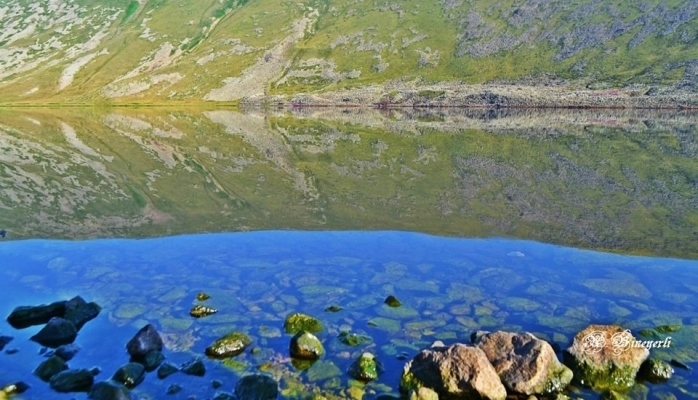
Qaragol Interrepublics State Reserve was set up with the decision of the Council of Ministers dated November17, 1987. Garagol State …

The idea of establishing Aghdam Bread Museum, which is considered to be the second in the world after the Zurich …
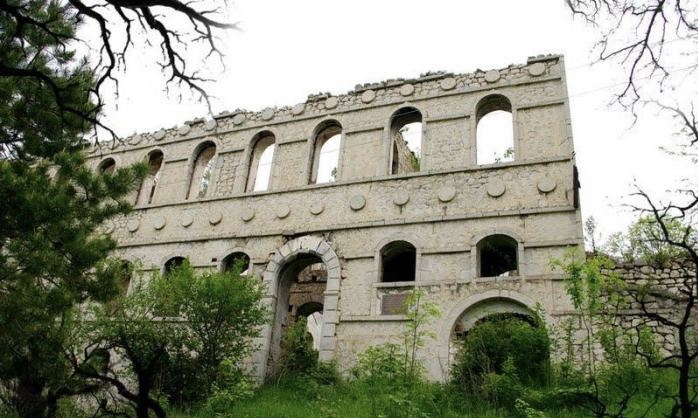
The Khurshudbanu Natavan’s House is a historical and architectural monument of the 18th century located in the city of Shusha. …

Museum Mausoleum Complex of Molla Panah Vagif is located in Shusha, Azerbaijan. It was built in honor of Molla Panah …
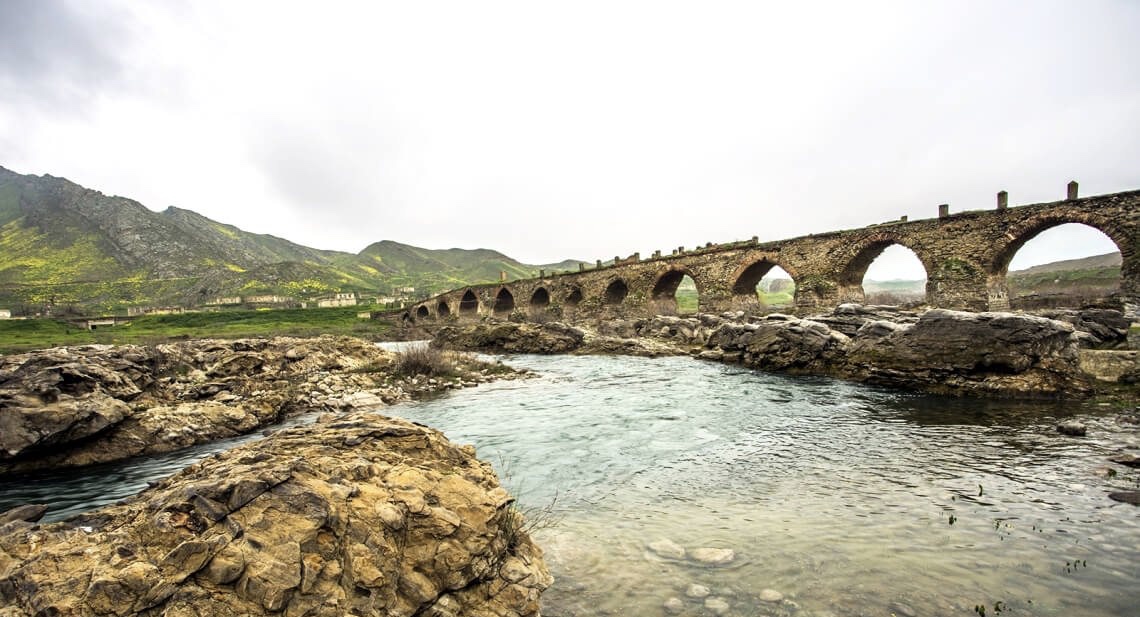
The Bridge belongs to the Arran architecture school. The first written source that mentioned the 15-arched Khudafarin Bridge belongs to …
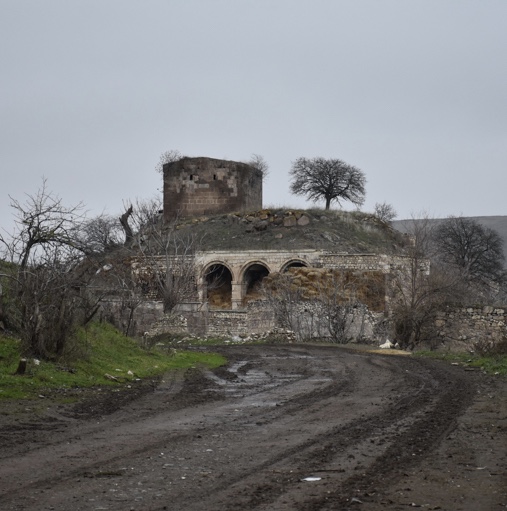
Garghabazar Caravanserai was built in 1681 at the hillside, in the center of Garghabazar village of Fuzuli district, 8 km …
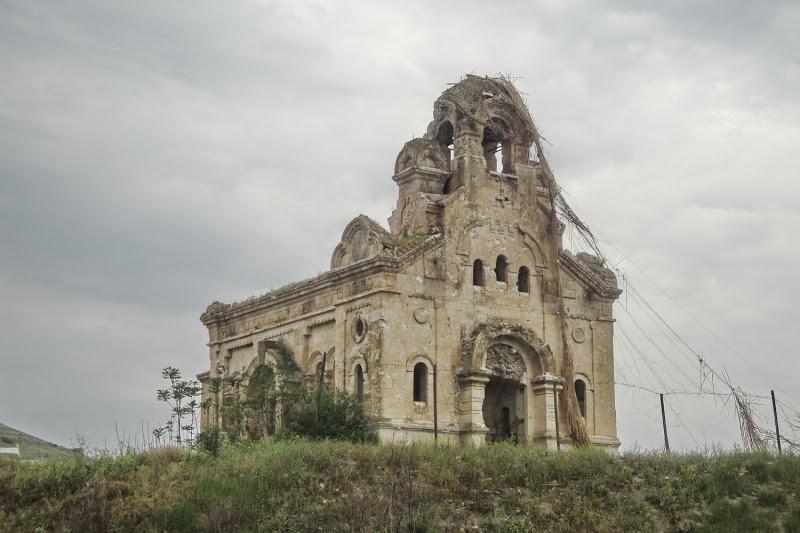
Armenia’s vandalism in Nagorno-Karabakh and seven surrounding regions affected not only the historical, cultural, and religious heritage of Islam but …

Jabrayil History-Ethnography Museum has been operating since 1953. Archaeological and ethnographic materials belonging to the history of the region, textiles, …

Khudavang, or Dedeveng, Monastery Complex is located in the Vang village of Kalbajar District, on the left bank of Tartar …

“The 19th century Aghdam Juma Mosque is perhaps the only structure that has withstood the years of neglect since the …